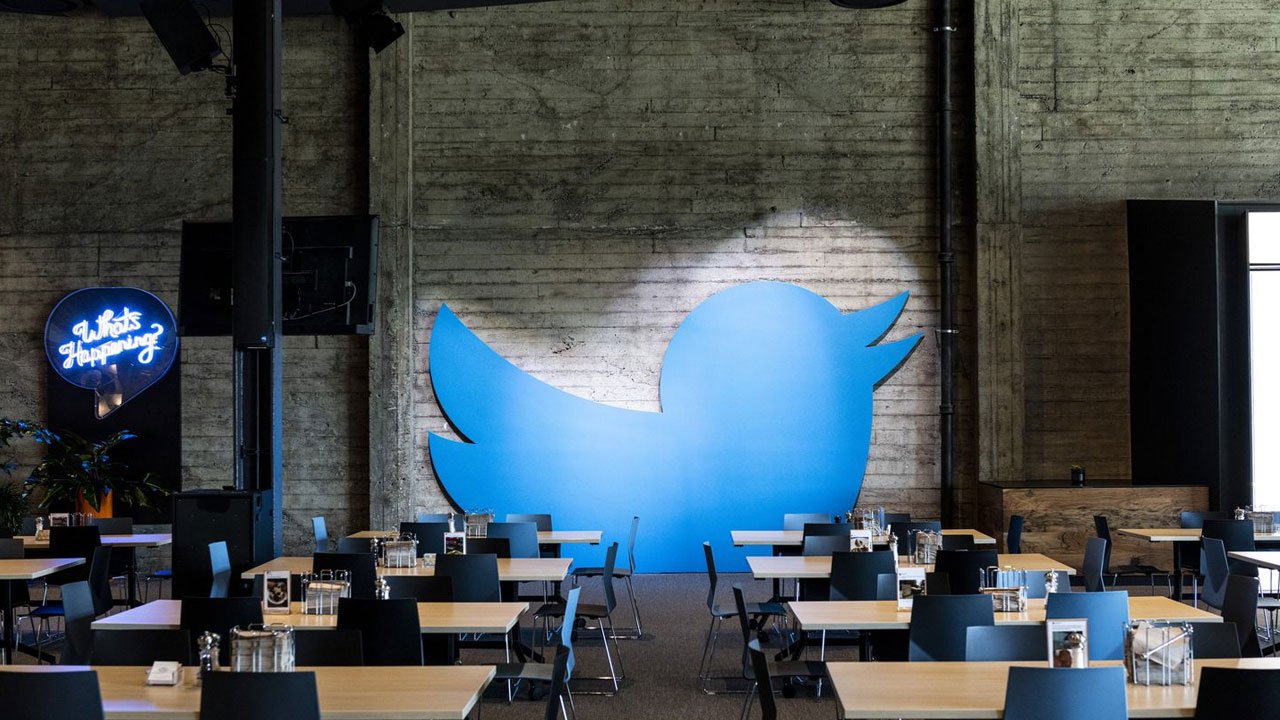Twitter has paid 9.5 million in settlements from a class-action lawsuit filed by shareholders, accusing the company of being overly positive about its future and misleading investors.
The suit was originally filed in 2016 by Twitter shareholder Doris Shenwick, and it claimed that executives at Twitter misled investors about the company’s growth prospects in November 2014. At that time Twitter promised an increase to 550 million active users in the intermediate term and a bump up to one billion users in the long term. The filed suit also claimed that CEO Jack Dorsey and other key executives at Twitter hid facts about the social media platform’s slowing growth, and then sold their own stock for “for hundreds of millions of dollars in insider profits.”

The suit found that Twitter failed to deliver on these promises and that executives had no basis for making these claims. During the stated period Twitter was using DAU (daily active users) as a metric for growth starting in 2015, but the complaint alleges that fact wasn’t revealed to investors until much later. According to the suit, DAUs show that the platform’s growth was either flat or declining.
Twitter, in an 8K-filing on Monday, noted that the final settlement won’t “include or constitute an admission, concession, or finding of any fault, liability, or wrongdoing by the Company or any defendant.” The company also denied the claim that former chief financial officer Anthony Noto and former chief executive officer Dick Costolo cause the stock price of Twitter to fall. At the time of writing, the suit still requires court approval. Twitter says it plans to use cash on hand to pay the settlement during the fourth quarter of 2021.
As of 2018, Twitter introduced the mDAU metric to track its growth, which is defined as “people, organizations or other accounts who logged in or were otherwise authenticated and accessed Twitter on any given day through twitter.com or Twitter applications that are able to show ads.”




